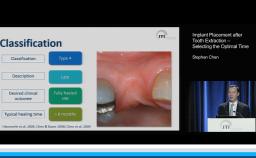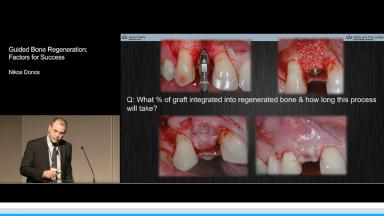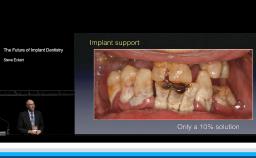
Guided Bone Regeneration: Factors for Success
In this well-structured lecture, successful guided bone regeneration (GBR) is defined as a procedure that achieves predictable bone regeneration that is maintained over time. Discussion of local factors affecting the outcome of GBR is guided by the presenter’s own experience and research and includes: type of defect; type of membrane and its occlusive properties; implant surface; and primary wound closure. The influence of systemic conditions such as diabetes on the success of the GBR procedure is discussed. The presenter also considers the fate of regenerated bone following functional loading. Numerous clinical cases illustrate how the GBR procedure is used to address large bony defects, exposed threads, and ridge and socket preservation.

At the end of this Congress Lecture you should be able to…
- describe the concept of guided bone regeneration (GBR)
- discuss the different materials used for GBR and the advantages, disadvantages and limitations of each
- explain the short- and long-term changes in hard tissue after bone augmentation using different techniques and materials



Share this page
Download the QR code with a link to this page and use it in your presentations or share it on social media.
Download QR code